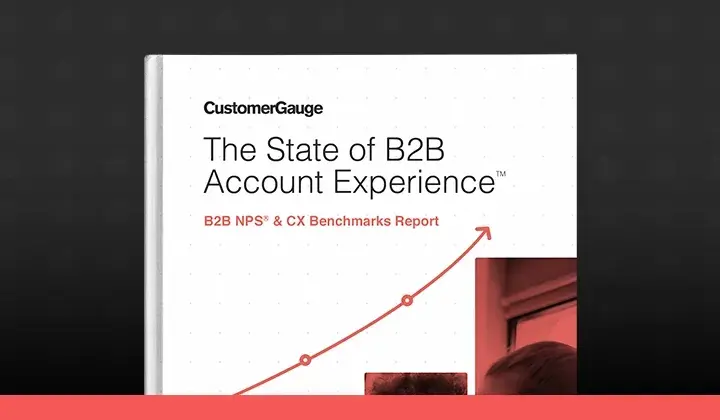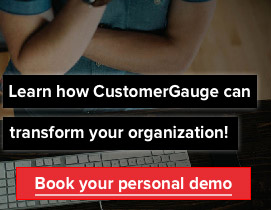Do you run? I’m a pretty slow runner, but I love a 10k event—I really put my heart into it. If you are like me, you pace yourself carefully, so you try to run with the optimum amount of energy, and finish with a nice turn of speed.
Now, picture yourself about to cross that 10km line, feeling tired but satisfied, only to find that the finish line has moved another 2.5k down the track. This is the feeling most CEOs have throughout the year: To achieve what they did last year, their company must sell the equivalent of five quarters, not four—in an endless race of catch up.
How can this be?
The Impossible Race
The average business loses 20% of customers each year—we call this churn. In addition, last year’s client buys only 80% of what they bought in the previous 12 months. What's worse is that some businesses don’t even know how much they lose to churn. In our recent survey*, 40% of executives did not know their churn rate. How do you fix something when you don’t know the source of the problem?
So, not only does the average company need to sell at the same rate as before, but they need to sell to an extra 25% (or the equivalent of one fiscal whole quarter) to account for the business lost to churn. Ouch.
Can we make it easier? How do we hold on to customers longer?
*We took this from the NPS Benchmarks Study. This research shows that many businesses (40% total) don’t know their churn rates. Those that did, settled on an average of 20% churn. We know some businesses are very good at keeping customers, with churn rates under 10%. Others, not so good: some companies have churn rates up to 30% or more. In other words: Make sure you know your numbers!
Using NPS to Create a Culture of Retention
How do you stop such a broken cycle? The solution: Build a culture of retention in your company using NPS. Make holding on to customers just as important as winning a new client. Celebrate a customer renewal or extension as loudly as acquiring a new one.
Generating this philosophy doesn’t happen overnight. However, there are a number of things you can do to hit the ground running:
- Know your churn rate. Put a target on retaining customers and make someone own that (for example, a VP of Customer Success).
- Set a target on growing business from your base customers. Although you might lose some clients, you close the gap. The best practioners are so good at this they sell more to customers than they lose. We call this negative churn.
- Use Net Promoter® (NPS) to understand your customer base. Understand the drivers of loyalty, the customers who might leave you and the ones that will refer you to others. Automate your NPS and drive consistency across organizational levels. Make it a metric for each month, not once a year
- Use NPS to rescue customers quickly and protect revenue. At CustomerGauge. we give customers firefighting tools to close the loop quickly to rescue detractors. Carry out triage on important issues, automate the distribution of issues to the right frontline staff (or managers) and react to negative comments within hours.
- Tap into your fan base. Encourage your loyal customers to spread your good name through reviews, social media and personal referrals.
You’ll find that there are software platforms available now to help you run this. To pivot your organization to a retention engine, you will use systems to measure your scores, actions and retention growth. CustomerGauge, for example, integrates with your CRM and ERP systems, so you can use your existing data to make an impact.
Change the Rules
The most important person in this culture shift is the CEO—they lead the company, and should be at the head of the race, setting an example of the right behavior. They must show that they believe retention is as important as acquiring new customers.
One of our own customers did just that: Boston-based Black Duck software took their customer retention from 80% to 92% within 18 months, adding millions to their quarterly revenue. Star CEOs know this, and make sure that even though they might still be running a “Five Quarter” race, the extra time means new additional revenue and profit.
See what an NPS tool can offer you! Try a demo of CustomerGauge today!


